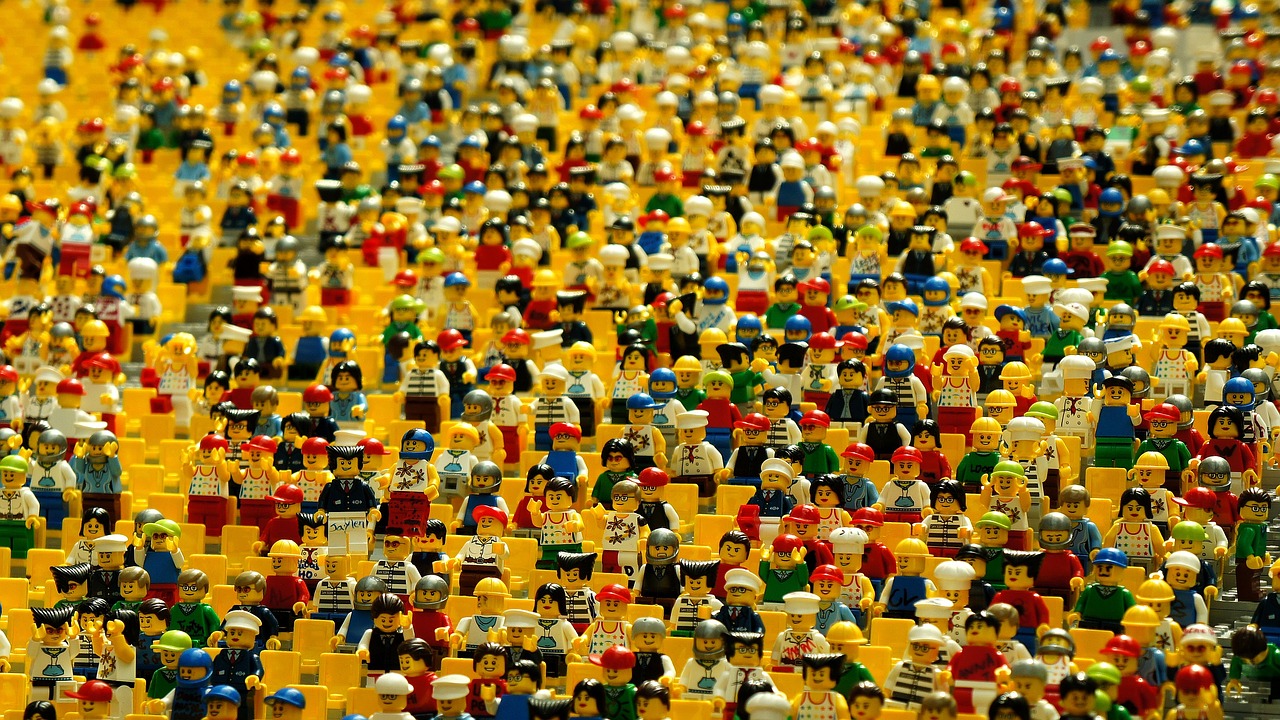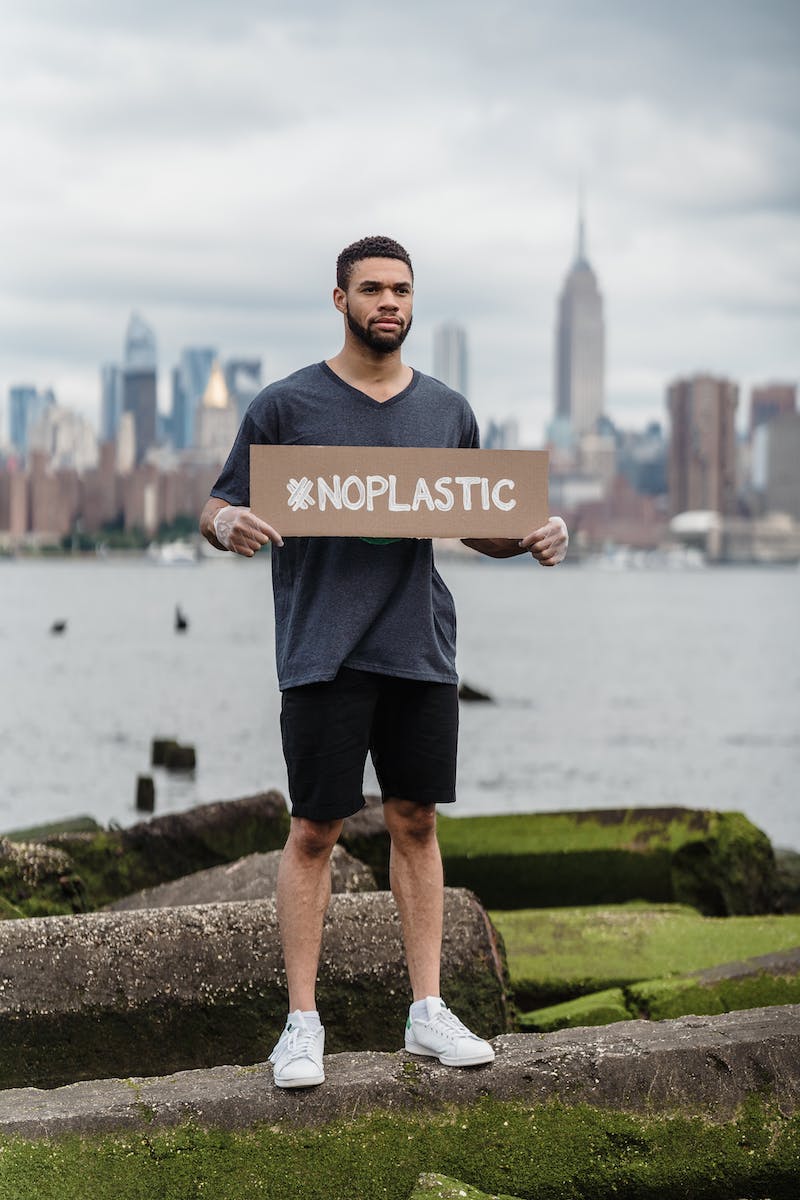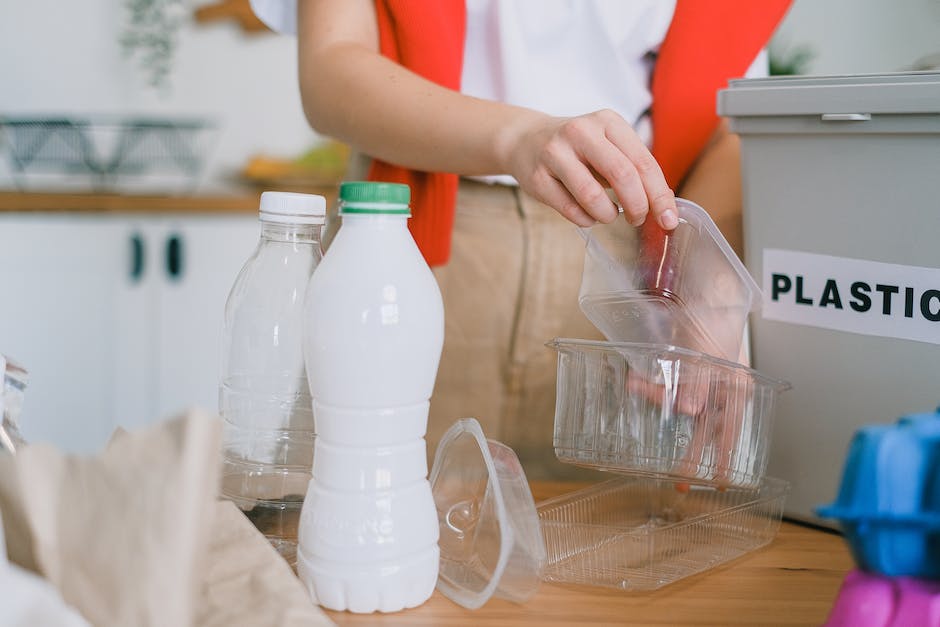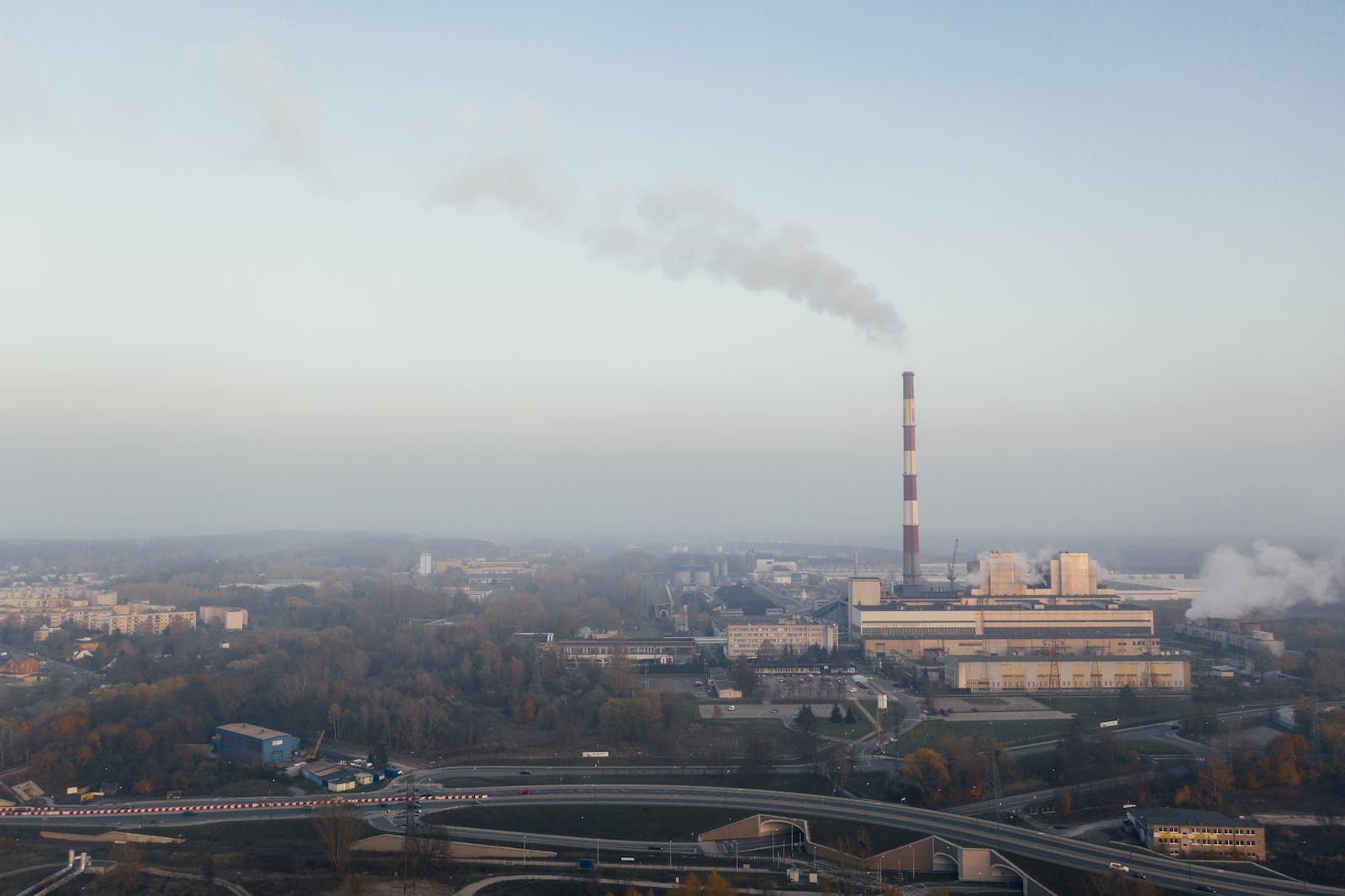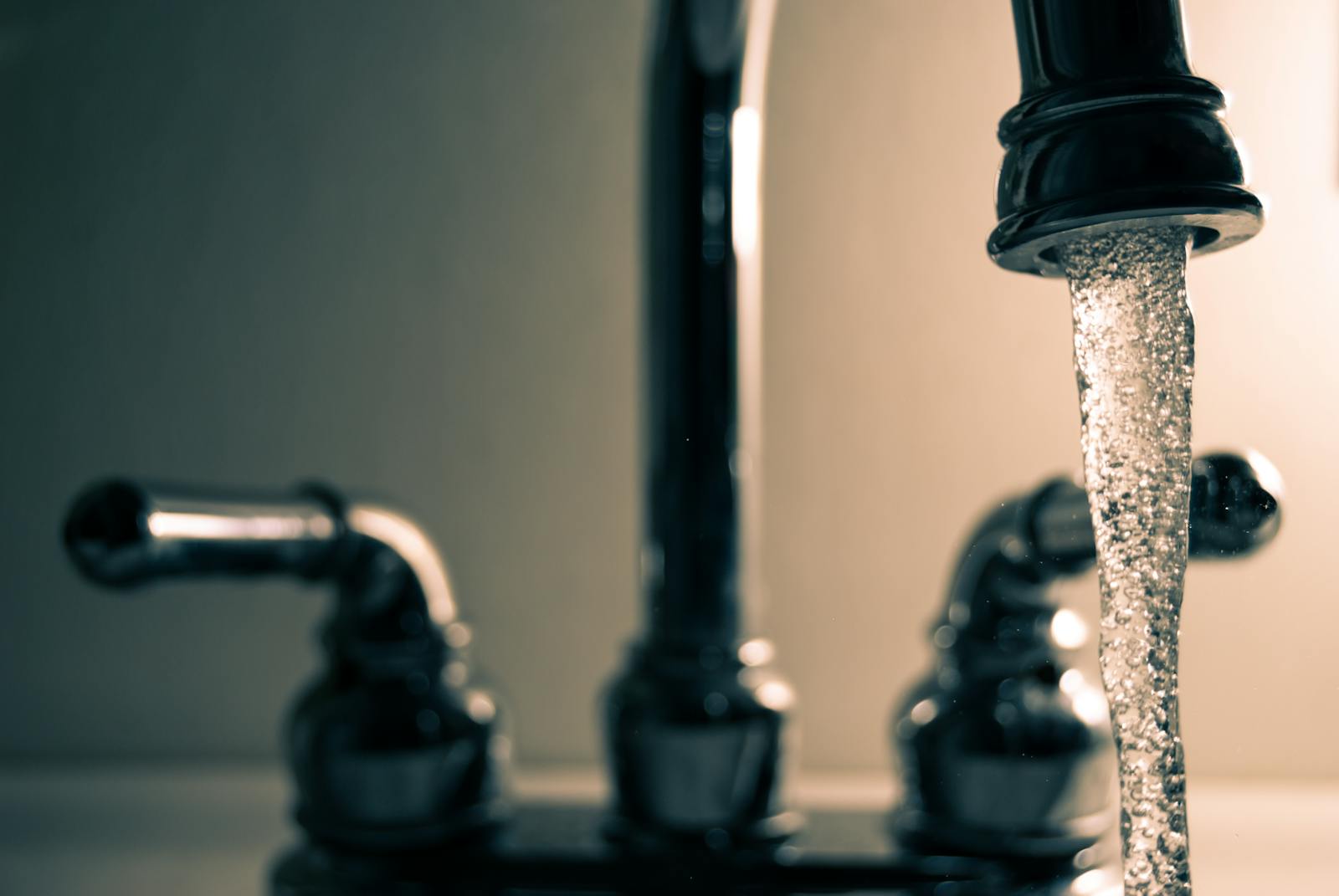The Pros and Cons of Plastic: What You Need to Know
Exploring the Benefits and Drawbacks of Plastic Usage
Plastic has become an integral part of our daily lives, offering convenience and versatility. It's used in various industries and applications, from packaging and construction to healthcare and electronics. However, the widespread use of plastic also raises concerns about its environmental impact, recycling challenges, and health implications. In this article, we'll delve into the advantages and disadvantages of plastic to provide a comprehensive understanding of its role in our world.
As we continue to grapple with the consequences of plastic consumption, it's essential to weigh its pros and cons. By evaluating the benefits and drawbacks, we can make informed decisions about our usage and support sustainable practices. Let's explore the various aspects of plastic and its impact on our lives and the environment.
Pros
Despite the criticisms surrounding plastic, it offers several advantages that have contributed to its widespread adoption across industries. Let's take a closer look at some of the key benefits of plastic usage.
Aesthetic Customization
Plastic offers a wide range of color options and can be easily molded into various shapes and sizes, allowing for extensive aesthetic customization in products. This feature is particularly advantageous in industries such as fashion, automotive, and interior design, where visual appeal is a key factor in consumer choices.
Innovation and Technological Advancements
Plastic materials have spurred innovation in various industries, leading to the development of advanced technologies and products. From medical devices to electronic components, plastic has played a crucial role in driving progress and improving quality of life.
Durability and Versatility
Plastic is known for its durability, which makes it ideal for packaging, storage containers, and various consumer products. Its versatility allows for the creation of different types of plastics with distinct properties, making it suitable for a wide range of applications.
Cost-Effectiveness and Lightweight Design
Plastic products are often more affordable to produce and purchase compared to alternative materials. Additionally, their lightweight nature reduces transportation costs and energy consumption, contributing to overall efficiency.
Hygienic and Protective Properties
Certain types of plastic offer hygienic benefits, such as preventing contamination and preserving the freshness of food and medical supplies. Plastic packaging also provides protective features, safeguarding fragile items during storage and transit.
Impact Resistance
One of the key advantages of plastic is its high impact resistance compared to other materials. This makes it ideal for applications where there is a need for durability and protection against external forces. Products such as safety gear, electronic devices, and packaging benefit from this property, ensuring the safety of both the product and the end user.
Missing a pro?
Let us know which pro you are missing!
Cons
While plastic offers practical benefits, it also poses significant challenges and risks that warrant our attention. It's important to acknowledge the environmental and health-related disadvantages associated with plastic usage.
Recycling Complexity and Limited Biodegradability
Many types of plastic are not easily recyclable, leading to accumulation in landfills and oceans. Additionally, the slow biodegradation of plastic compounds contributes to long-term environmental contamination, exacerbating the global waste crisis.
Fire Hazard
One significant disadvantage of some types of plastic is their flammability. Certain plastics can ignite easily and release toxic fumes when burned, posing a fire hazard and potential health risk. This factor necessitates careful consideration of fire safety measures and appropriate material selection in various applications.
Environmental Pollution and Ecological Impact
The persistence of plastic waste in the environment has led to widespread pollution, harming terrestrial and aquatic ecosystems. Plastic debris poses a threat to wildlife through ingestion and entanglement, disrupting natural habitats and biodiversity.
Health Concerns and Potential Risks
Certain constituents of plastic, such as phthalates and bisphenols, have raised health concerns due to their potential endocrine-disrupting effects. Human exposure to these chemicals through plastic products and food packaging has prompted regulatory scrutiny and public health awareness.
Perceived Quality and Image
In certain consumer segments, plastic products are associated with lower perceived quality and environmentally harmful practices. This perception can impact brand image and consumer trust, influencing purchasing decisions. Companies using plastic in their products need to actively address these concerns through transparent communication and sustainable practices to maintain consumer confidence.
Resource Depletion and Carbon Footprint
The production of plastic relies on non-renewable resources, including fossil fuels and energy-intensive processes. This contributes to carbon emissions and resource depletion, posing sustainability challenges and contributing to climate change.
Missing a con?
Let us know which con you are missing!
Conclusion
The duality of plastic—offering practical advantages alongside significant drawbacks—underscores the need for responsible consumption, innovation, and sustainable management. While plastic continues to play a pivotal role in modern society, addressing its environmental and health implications remains a collective responsibility. By embracing eco-conscious practices and supporting advancements in material science, we can strive to minimize the adverse effects of plastic and promote a more sustainable future.
What do you think?
Do you think the pros outweigh the cons?
